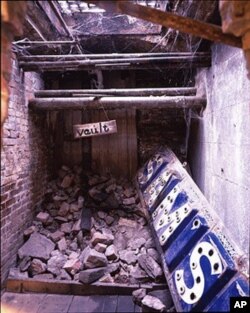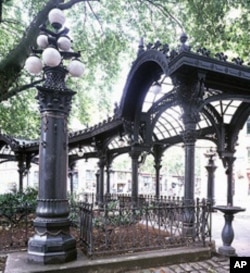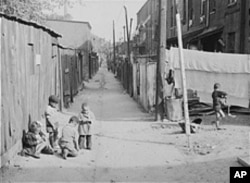The United States has an underground movement. It's not a resistance group or a radical organization. It's a trail of hidden historical delights.
One of the most famous examples is the Seattle Underground in Washington State's biggest city. In 1889, just as that seaport was beginning to thrive, a fire started by an overturned glue pot destroyed 25 blocks of wooden buildings. Instead of restoring the town, Seattle's leaders decided to make a new, mostly brick downtown a couple of stories higher than the original street grade.
That left a vast assortment of rubble and passageways beneath Seattle's Pioneer Square. And more than a century later, after descending a narrow, dark staircase, one can tour these spooky catacombs.
There's a similar story in Atlanta, Georgia. In the 1920s, the city constructed overhead viaducts to carry train and automobile traffic, and pretty soon the surrounding terrain was raised to meet it.
That left urban caverns that lay empty for decades. In 1960, the city helped fill them with what was envisioned as a row of trendy stores and night spots.
But a rash of petty crimes there, and the growth of new entertainment districts elsewhere, doomed the project, and Underground Atlanta closed in 1980.
Since cleaned up and reopened, it is more popular with tourists than locals.
Washington, D.C., touts its underground, too, but the term is meant figuratively.
Historical organizations direct visitors to obscure sites that have archaeological significance.
They include Slate Alley, one of what were once hundreds of alleys in which poor people built makeshift homes and little businesses out of cardboard and tin. In one of them, someone made buttons out of discarded bones.
There are many other surprising destinations in Underground America. Some are so well concealed that many of those who walk above or past them don't even know they're there.








